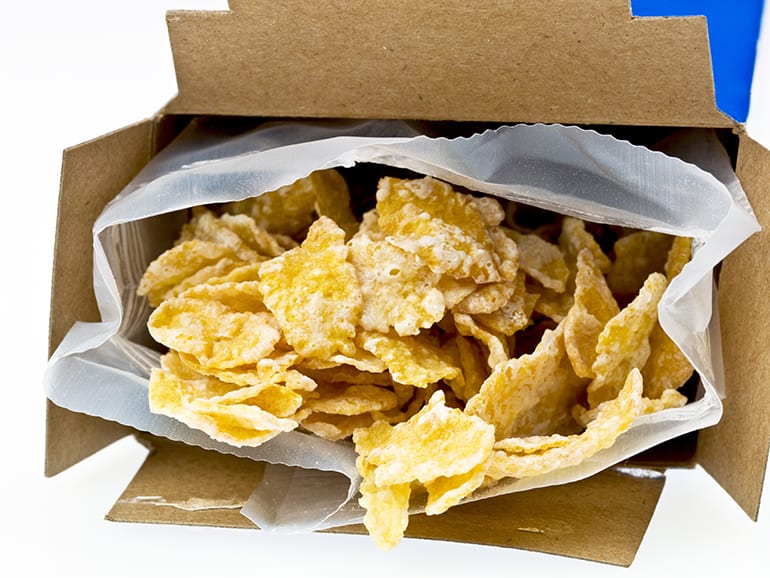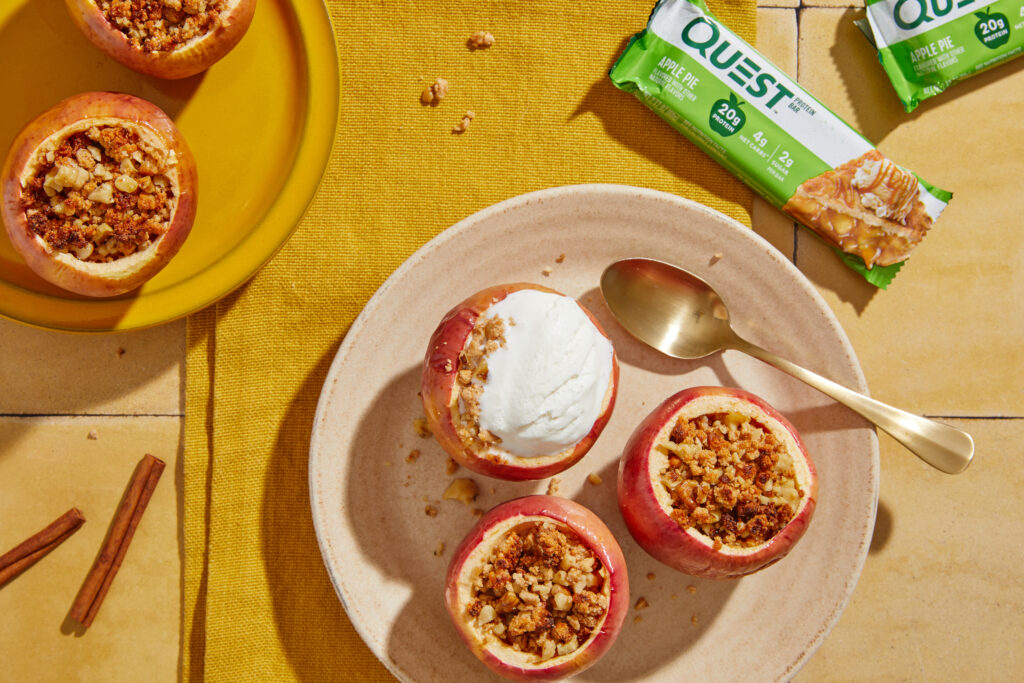When starting a healthy and satisfying eating plan, it’s important to know the important role sugar plays in your overall health. It’s in everything.
While you may have heard that it is divided into complex and simple sugars, with varying degrees of badness assigned to the latter, the truth is more complicated than that.
What are simple sugars?
A simple sugar is a form of carbohydrate or saccharide. Different forms of carbohydrates are classified according to the number of sugar molecules they contain: single, double or multiple. Simple sugars, which are metabolized more quickly than their complex counterparts, contain one or two sugar molecules.
“Carbohydrates are large chains of individual sugars,” says Krista Linares, RDN, MPH, a registered dietitian nutritionist in Chapel Hill, North Carolina. “The term ‘simple sugars’ generally refers to these individual sugars, or sometimes pairs of sugars, outside the context of a larger carbohydrate.”
The following sugars are classified as simple carbohydrates:
- Monosaccharides: These single-molecule carbohydrates are the simplest sugars and are the building blocks from which all carbohydrates are made. Examples include glucose and fructose.
- Disaccharides: These are formed when two monosaccharides combine. An example is sucrose, also known as table sugar.
The following sugars are classified as complex carbohydrates:
- Oligosaccharides: This form of carbohydrate contains three to 10 simple sugars.
- Polysaccharides: Generally, these carbohydrates contain more than 10 monosaccharides. Common polysaccharides include starch and cellulose found in grains, tubers, vegetables, fruits, and other fiber-rich foods.
What’s the problem with simple sugars?
Simple sugars, especially added ones, burn quickly, potentially raising blood glucose levels and setting you up for a rapid crash.
“Simple carbohydrates like cakes, white rice and ice cream are broken down quickly once inside the body,” he says. Carrie Lam, MD, DABFMdoctor from Loma Linda, California.
“This causes rapid spikes in blood sugar levels and subsequent troughs as the sugar is absorbed.” That invariably leaves you wanting a rushed refill, which is what often leads to weight gain (among other potential problems).
For most of us, says Lam, foods containing simple carbohydrates can be harmful to our health.
“Simple sugar” versus “added sugar”
While they are often the same, there is an important difference between the terms “simple sugar” and “added sugar.” Simple sugar can occur naturally in foods, but it can also be added to packaged and processed foods.
It is this distinction that can dictate how the body metabolizes a simple sugar. For example, simple sugar is a natural component of fruit, which also contains fiber.
It is fiber that helps slow the release of these sugars into the bloodstream, making them less likely to spike blood glucose levels and, therefore, less harmful to our metabolism. Therefore, it is useful to consider the whole food when evaluating its sugar content.
How to detect simple sugars
Added sugar hides in places you’d never expect, including some whole-grain breads, pasta sauces, and low-fat products like flavored yogurts and ice creams.
During the low-fat craze of the 1980s and 1990s, food manufacturers removed fat from products but had to preserve the flavor. Guess what they chose as a substitute?
On nutrition labels, sugar has many aliases. “Common names for sugar that you may see include cane sugar, cane juice, corn syrup, fructose, glucose, sucrose, and turbinado sugar,” says Linares.
Common sources of simple sugars include:
- Table sugar (sucrose)
- White rice
- White flour and white breads.
- Processed breakfast cereals
- Baked goods such as cakes, cookies and pastries.
- soda
- Honey
- Chocolate
- Fruit juice
- Jelly and marmalade
To spot these simple sugars, always check the Nutrition Facts label, even if you’re buying a product you think is healthy. Choose one with little or no sugar, as much fiber, and as few ingredients as possible.
Food manufacturers must specify amounts of added sugar on a separate line, so keep an eye on this number.
Should I eliminate simple sugars completely?
As explained above, it is perfectly normal to consume natural sugar from real foods. But added sugar can be harmful to health and should be consumed wisely.
He FDA Dietary Guidelines They say you should limit added sugar to 10 percent of your daily calories.
To put it visually: the American Heart Association recommends Men should consume no more than 9 teaspoons (36 grams) of added sugar per day and women should limit themselves to 6 teaspoons (24 grams) or less.
The reality: The average American consumes about 17 teaspoons (about 71 grams) per day. This is partly because many of us don’t realize how much sugar is hidden in sweetened drinks and seemingly healthy foods.
A single can of regular Coca-Cola contains 39 grams of sugar. A cup of apple juice has 24 grams. And one 5.3-ounce cup of fat-free Chobani strawberry yogurt contains 14 grams of sugar. (As opposed to just 5 grams of sugar in your natural yogurt.)
“The risks of added sugar are the same as the risks of excess carbohydrates in general, that is, excess sugar without protein, fiber or fat,” says Linares. “This does not mean that people should completely eliminate sugar from their diet. Instead, I recommend combining sugar with protein or fat to slow down the body’s absorption of sugar.”
For example, you can combine a few squares of dark chocolate with a tablespoon of almond butter or use honey as a topping for plain Greek yogurt.











